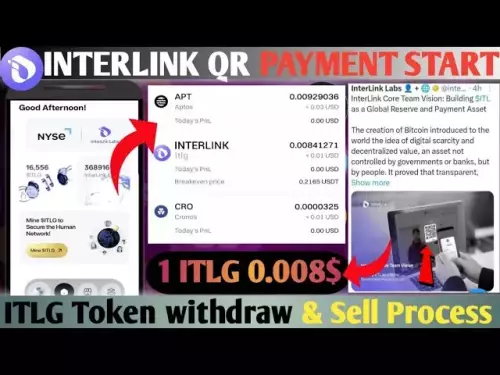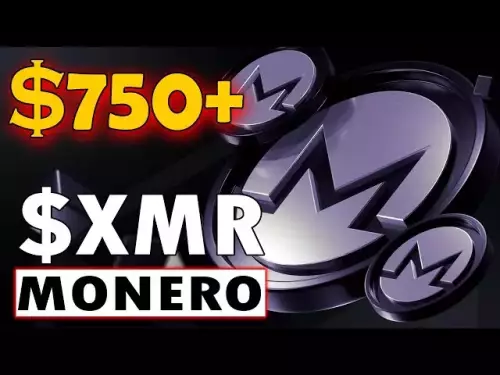-
 bitcoin
bitcoin $107208.295278 USD
-1.54% -
 ethereum
ethereum $3874.629914 USD
-1.38% -
 tether
tether $1.000440 USD
0.03% -
 bnb
bnb $1089.465513 USD
-5.53% -
 xrp
xrp $2.327672 USD
-1.65% -
 solana
solana $184.766505 USD
-0.73% -
 usd-coin
usd-coin $1.000076 USD
0.02% -
 tron
tron $0.310632 USD
-1.99% -
 dogecoin
dogecoin $0.187615 USD
-1.60% -
 cardano
cardano $0.633389 USD
-2.75% -
 ethena-usde
ethena-usde $0.999553 USD
0.03% -
 hyperliquid
hyperliquid $35.608231 USD
-4.13% -
 chainlink
chainlink $16.876114 USD
-3.98% -
 stellar
stellar $0.312239 USD
-0.91% -
 bitcoin-cash
bitcoin-cash $473.262969 USD
-7.09%
How to check the status of a transaction from Coinbase Wallet?
Check transaction status in Coinbase Wallet via the Activity tab, verify details on a blockchain explorer, and monitor confirmations to ensure successful completion.
Oct 16, 2025 at 06:37 pm
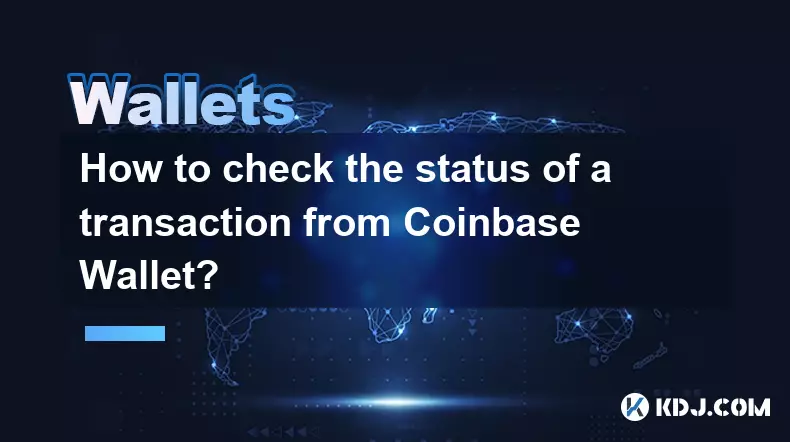
Understanding Transaction Verification in Coinbase Wallet
1. Open the Coinbase Wallet application on your mobile device and navigate to the home screen where your asset balances are displayed. Locate the transaction in question by tapping on the 'Activity' or 'Transactions' tab, which lists all incoming and outgoing movements of funds.
2. Select the specific transaction you wish to inspect. This action will open a detailed view showing the sender, recipient, amount, network fee, and timestamp. This information is pulled directly from the blockchain and reflects the current state of the transaction.
3. Within the transaction details, look for a status indicator. Common statuses include “Pending,” “Confirmed,” or “Failed.” A pending transaction means it has been broadcast to the network but not yet included in a block.
4. If the transaction shows as confirmed, the number of confirmations will also be visible. Each confirmation represents a new block added to the chain since the one containing your transaction. Higher confirmation counts increase certainty that the transaction is irreversible.
5. In cases where a transaction remains pending for an extended period, check the gas or network fee attached. Low fees may result in delays, especially during times of high network congestion on blockchains like Ethereum.
Using Blockchain Explorers to Track Transactions
1. Tap on the transaction within Coinbase Wallet and select the option to “View on Blockchain Explorer.” This will redirect you to a third-party website such as Etherscan for Ethereum-based assets or Blockchair for Bitcoin.
2. The explorer page displays comprehensive data including the transaction hash (TxID), block number, confirmations, and real-time status. You can verify whether the transaction has been mined and how many nodes have validated it.
3. Search manually by copying the transaction ID from your wallet and pasting it into the search bar of the respective blockchain explorer if automatic redirection fails.
4. On the explorer, observe the “Status” field. For Ethereum, a successful transaction will show “Success,” while failed ones display “Fail” along with a reason code. Bitcoin transactions typically don’t fail once confirmed unless they are double-spent or invalid.
5. Monitor the mempool section of the explorer if the transaction isn’t confirmed. The mempool lists unconfirmed transactions waiting to be picked up by miners or validators. High network traffic often causes backlogs here.
Resolving Common Transaction Issues
1. If a transaction is stuck due to low fees, some networks allow for a “Replace-By-Fee” (RBF) mechanism. While Coinbase Wallet does not always support RBF, you can sometimes accelerate confirmation by resubmitting with a higher fee using advanced wallet tools.
2. Double-check the recipient address for accuracy. Sending funds to an incorrect address cannot be reversed, and such transactions will still appear in your history as completed if broadcasted successfully.
3. Ensure you're on the correct network. Attempting to send tokens over a different chain than intended—such as sending ERC-20 tokens via BSC—will result in permanent loss. Always confirm the network type before initiating transfers.
4. Contact Coinbase Wallet support only if the transaction doesn't appear in the blockchain explorer at all despite being visible in the app. This could indicate a syncing issue between the wallet interface and the actual blockchain ledger.
5. Avoid repeating transactions without confirmation. Doing so may lead to duplicate spending attempts, especially if the original transaction eventually confirms after a delay.
Frequently Asked Questions
How long does a typical transaction take to confirm?Transaction speed depends on the blockchain used and current network load. Ethereum transactions usually confirm within seconds to minutes under normal conditions, though high congestion can extend this to hours. Bitcoin averages 10 minutes per confirmation but may take longer during peak usage.
Can I cancel a transaction once it’s sent?No, blockchain transactions are irreversible once broadcast. If the transaction is still pending, certain wallets allow cancellation via a zero-value replacement transaction with a higher gas fee, but Coinbase Wallet offers limited control over this process.
What does a red exclamation mark mean on a transaction?A red icon typically indicates failure. This could stem from insufficient gas, a rejected smart contract execution, or network errors during submission. Review the linked blockchain explorer for technical details behind the failure.
Why does my transaction show in the wallet but not on the explorer?This discrepancy suggests the transaction was created locally but not properly broadcast to the network. It may remain in a pending state indefinitely. Restarting the app or checking internet connectivity might resolve syncing issues.
Disclaimer:info@kdj.com
The information provided is not trading advice. kdj.com does not assume any responsibility for any investments made based on the information provided in this article. Cryptocurrencies are highly volatile and it is highly recommended that you invest with caution after thorough research!
If you believe that the content used on this website infringes your copyright, please contact us immediately (info@kdj.com) and we will delete it promptly.
- BNB Price Rally: Will Binance Coin Hit $2,000?
- 2025-10-18 22:45:14
- Pi Network: Testnet Triumphs and Community Innovation Surging!
- 2025-10-18 22:45:14
- Pi Network, DEX, and Crypto Trading: A New Era of Transparent Finance
- 2025-10-18 22:50:13
- Pi Network, Token Registration, and Ecosystem Success: A New Yorker's Take
- 2025-10-18 22:50:13
- Pi Network, Crypto Payments, and Retail Integration: Is Picoin the Future of Shopping?
- 2025-10-18 22:55:12
- OpenSea's SEA Token Launch: A New Era for the 'Trade Everything' Platform?
- 2025-10-18 22:55:12
Related knowledge
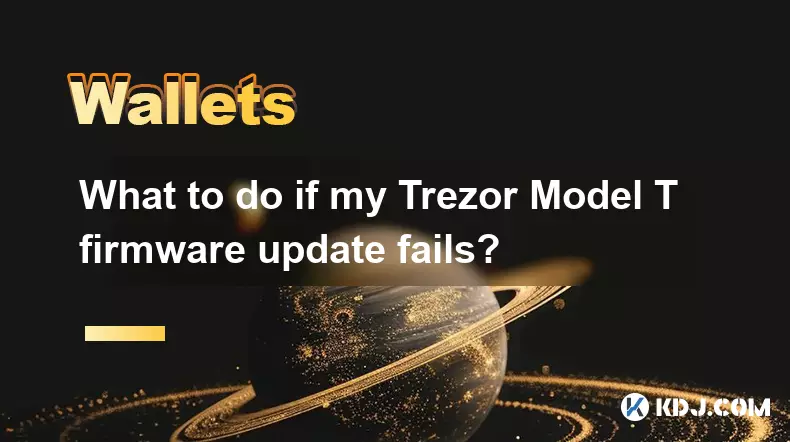
What to do if my Trezor Model T firmware update fails?
Oct 18,2025 at 12:54pm
Understanding Firmware Update Failures on Trezor Model T1. Firmware updates on the Trezor Model T are essential for maintaining security, accessing ne...
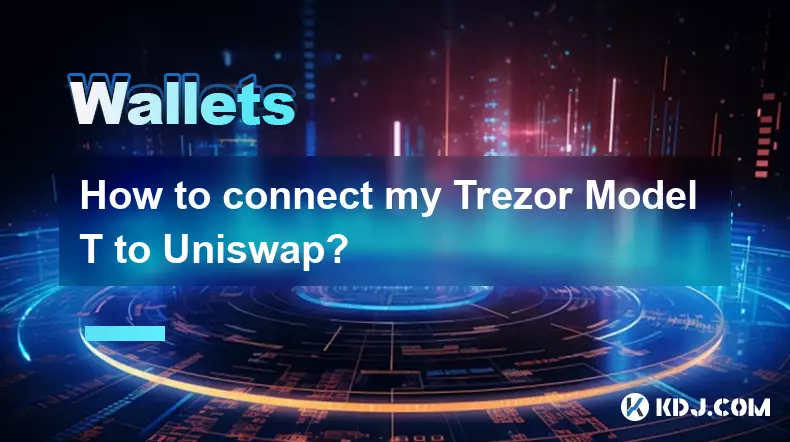
How to connect my Trezor Model T to Uniswap?
Oct 18,2025 at 06:55pm
Understanding the Basics of Trezor and Uniswap Integration1. The Trezor Model T is a hardware wallet designed to securely store cryptocurrencies by ke...
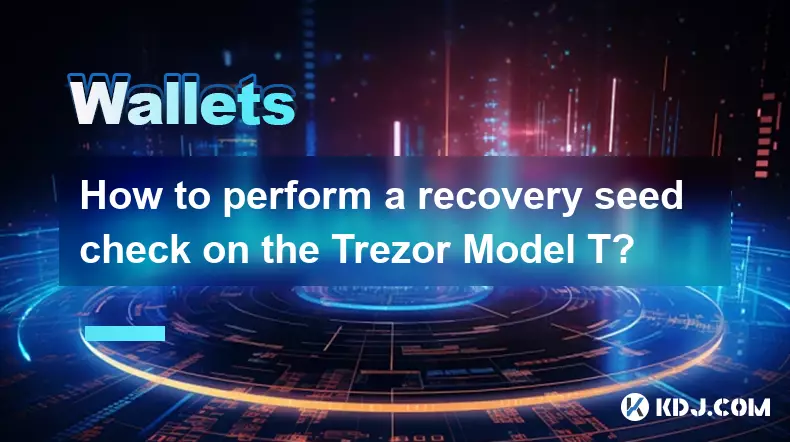
How to perform a recovery seed check on the Trezor Model T?
Oct 18,2025 at 06:18pm
Understanding the Importance of a Recovery Seed Check1. A recovery seed is a critical backup mechanism for cryptocurrency wallets like the Trezor Mode...
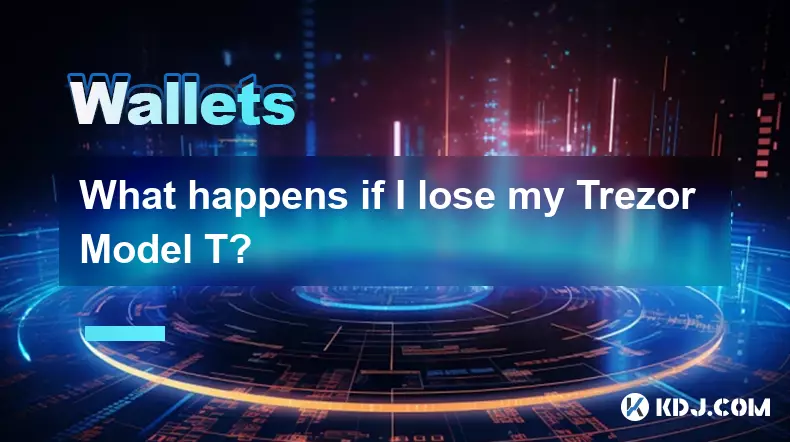
What happens if I lose my Trezor Model T?
Oct 18,2025 at 03:00am
Recovering Access to Your Cryptocurrency After Losing a Trezor Model T1. The Trezor Model T is a hardware wallet designed to securely store private ke...
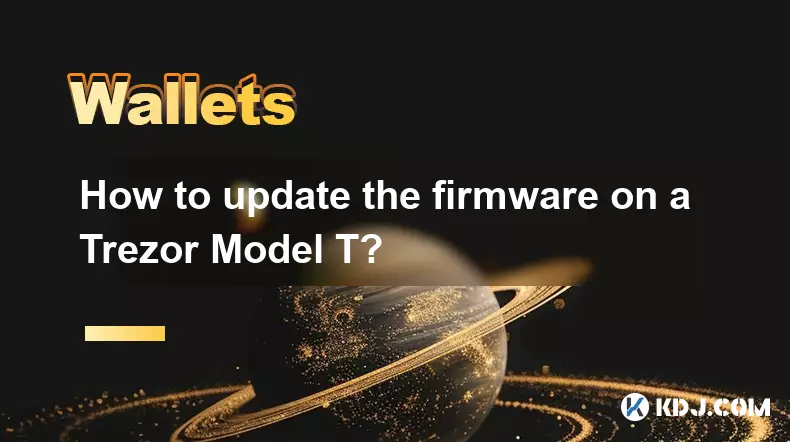
How to update the firmware on a Trezor Model T?
Oct 18,2025 at 12:36pm
Firmware Update Preparation for Trezor Model T1. Ensure your Trezor Model T is fully charged before beginning the update process. A low battery could ...
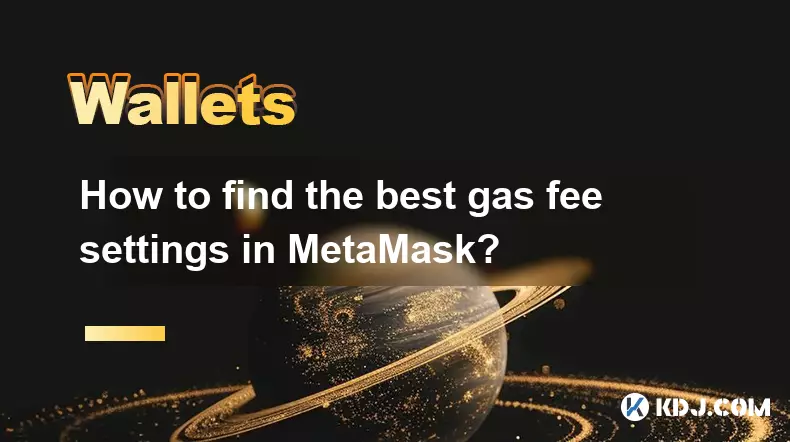
How to find the best gas fee settings in MetaMask?
Oct 17,2025 at 05:54pm
Understanding Gas Fees in MetaMask1. Gas fees are payments made by users to cover the computational energy required to process and validate transactio...

What to do if my Trezor Model T firmware update fails?
Oct 18,2025 at 12:54pm
Understanding Firmware Update Failures on Trezor Model T1. Firmware updates on the Trezor Model T are essential for maintaining security, accessing ne...

How to connect my Trezor Model T to Uniswap?
Oct 18,2025 at 06:55pm
Understanding the Basics of Trezor and Uniswap Integration1. The Trezor Model T is a hardware wallet designed to securely store cryptocurrencies by ke...

How to perform a recovery seed check on the Trezor Model T?
Oct 18,2025 at 06:18pm
Understanding the Importance of a Recovery Seed Check1. A recovery seed is a critical backup mechanism for cryptocurrency wallets like the Trezor Mode...

What happens if I lose my Trezor Model T?
Oct 18,2025 at 03:00am
Recovering Access to Your Cryptocurrency After Losing a Trezor Model T1. The Trezor Model T is a hardware wallet designed to securely store private ke...

How to update the firmware on a Trezor Model T?
Oct 18,2025 at 12:36pm
Firmware Update Preparation for Trezor Model T1. Ensure your Trezor Model T is fully charged before beginning the update process. A low battery could ...

How to find the best gas fee settings in MetaMask?
Oct 17,2025 at 05:54pm
Understanding Gas Fees in MetaMask1. Gas fees are payments made by users to cover the computational energy required to process and validate transactio...
See all articles
























